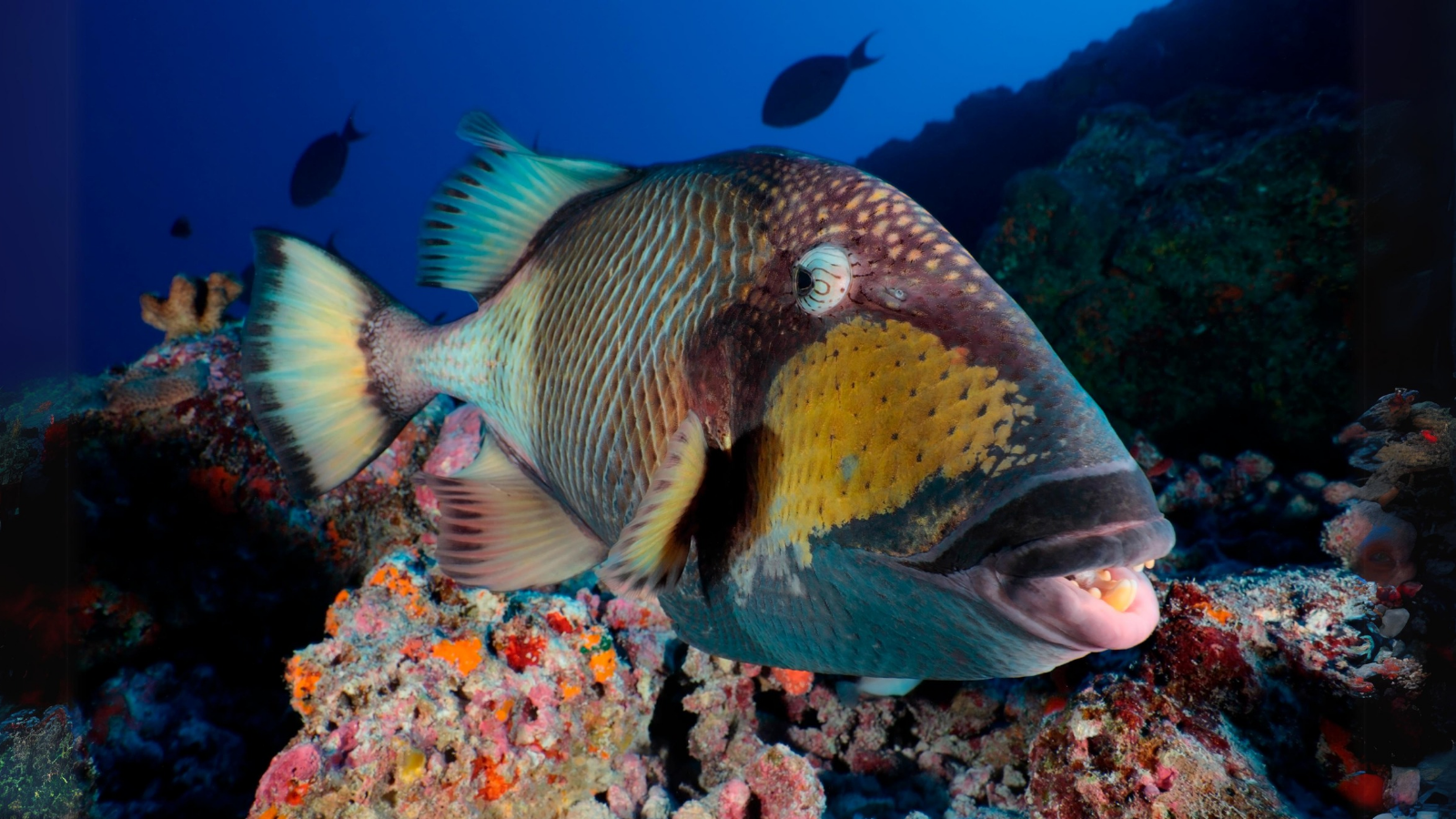Sea urchins, those spiny little balls of the ocean, might seem like unlikely candidates for a meal. Yet, these prickly echinoderms are a crucial part of the marine food web, serving as a tasty treat for a surprising variety of creatures. From the depths of the ocean to coastal shallows, sea urchins face a host of predators equipped with specialised tools and techniques for getting past their formidable defences. Some of these urchin-eaters might be familiar, while others could come as a shock.
Sea Otters
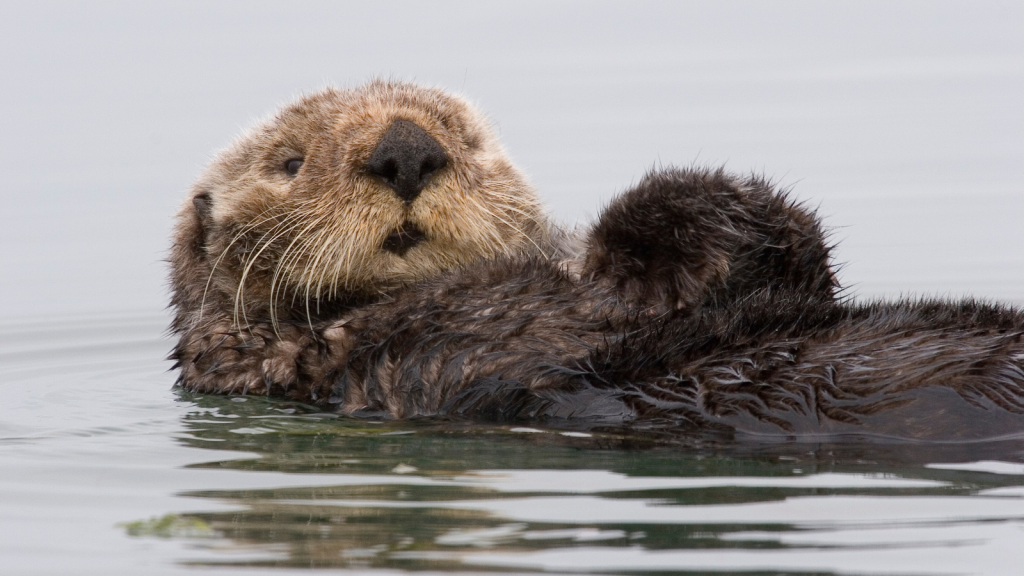
Sea otters are perhaps the most famous sea urchin predators. These charismatic marine mammals use rocks as tools to crack open urchins and other hard-shelled prey. Sea otters can consume up to 25% of their body weight daily, with sea urchins often making up a significant portion of their diet. Their voracious appetite for urchins helps maintain the health of kelp forests by preventing urchins from overgrazing. In areas where sea otters have been reintroduced, scientists have observed remarkable recoveries in kelp forest ecosystems, showcasing the crucial role these animals play in marine environments.
Sunflower Sea Stars
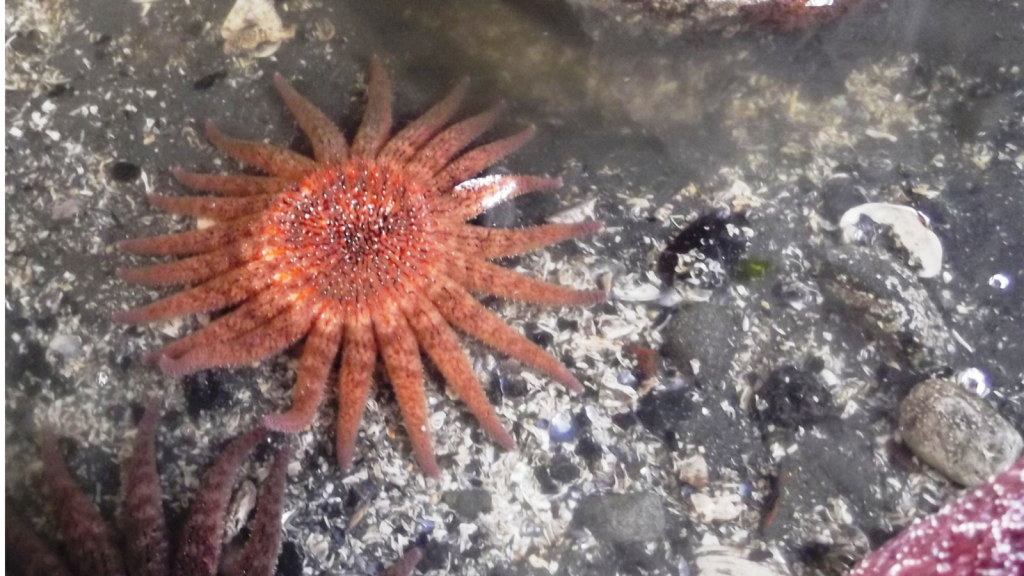
Sunflower sea stars are large, multi-armed starfish that prowl the seafloor in search of prey. These colourful creatures can grow up to a metre across and have up to 24 arms. They’re voracious predators of sea urchins, using their numerous tube feet to pry urchins from rocks and engulf them whole. Sadly, sunflower sea stars have faced recent population declines due to a mysterious wasting disease. Their decline has led to sea urchin population explosions in some areas, resulting in the creation of ‘urchin barrens’ – areas where urchins have overgrazed and destroyed kelp forests.
Triggerfish
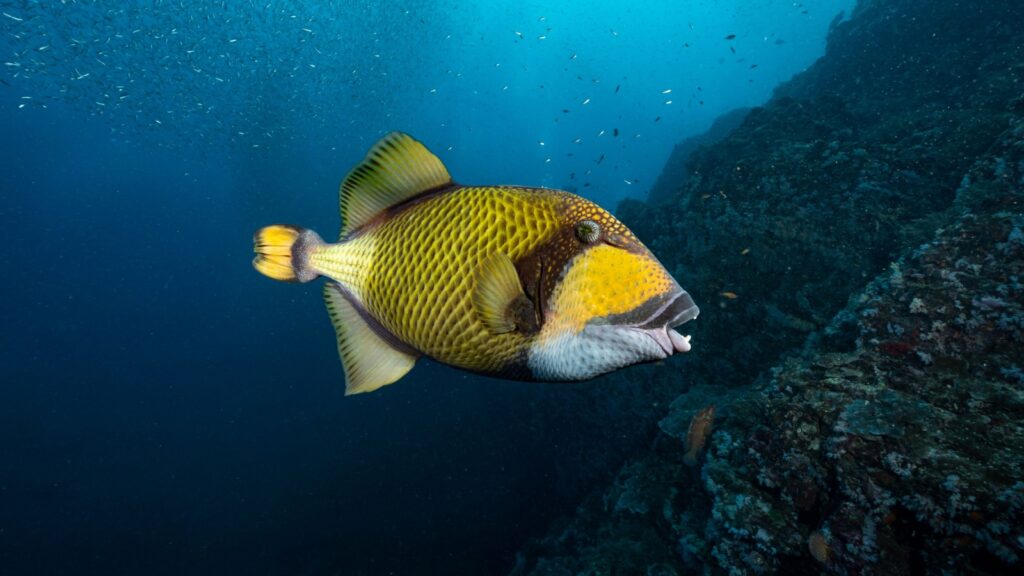
Triggerfish are equipped with powerful jaws and teeth that allow them to crunch through sea urchin spines and shells. These colourful reef fish use their protruding teeth to flip urchins over, exposing the softer underside. Triggerfish then use their strong jaws to crack open the urchin and feast on the nutritious insides. Their ability to eat urchins helps maintain the balance of coral reef ecosystems. Interestingly, triggerfish get their name from a unique dorsal fin that can be locked in place, helping them wedge themselves into coral crevices for protection.
California Sheephead
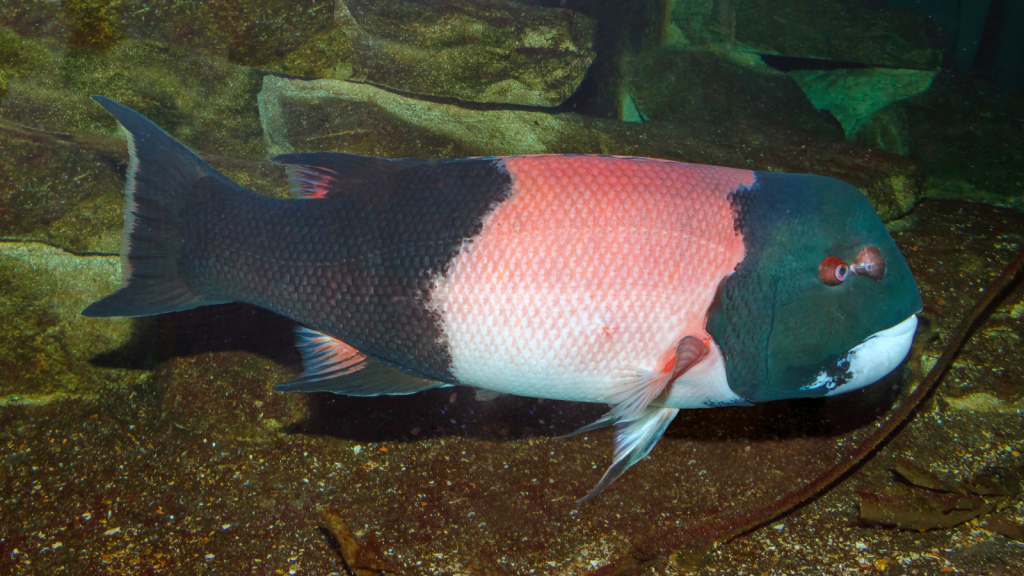
The California sheephead is a large wrasse found in the kelp forests of the eastern Pacific. These fish undergo a remarkable transformation as they grow, changing from female to male. Sheephead have large, protruding teeth and powerful jaws that allow them to crush sea urchins and other hard-shelled prey. Like sea otters, sheephead play a crucial role in maintaining kelp forest health by controlling urchin populations. The presence of sheephead in marine protected areas has been linked to healthier kelp forests and increased biodiversity.
Wolf Eels
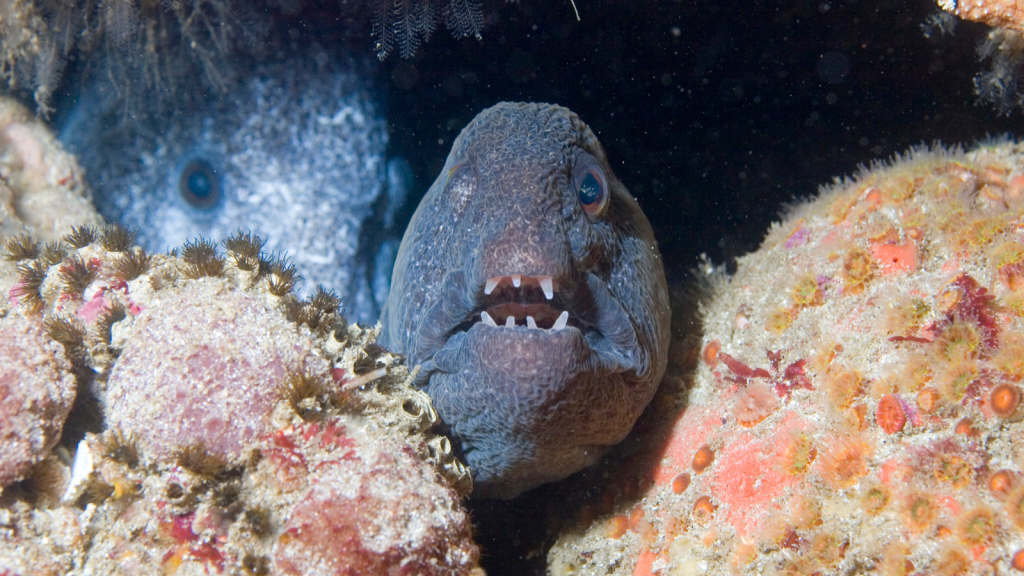
Despite their name, wolf eels are not true eels but a species of wolffish. These long, eel-like fish have strong jaws and blunt teeth perfectly adapted for crushing sea urchins and other hard-shelled creatures. Wolf eels are found in rocky reefs and kelp forests along the Pacific coast of North America. They often mate for life and share the same den, taking turns hunting for urchins and other prey. Wolf eels can live up to 25 years and play an important role in controlling sea urchin populations in their habitat.
Lobsters
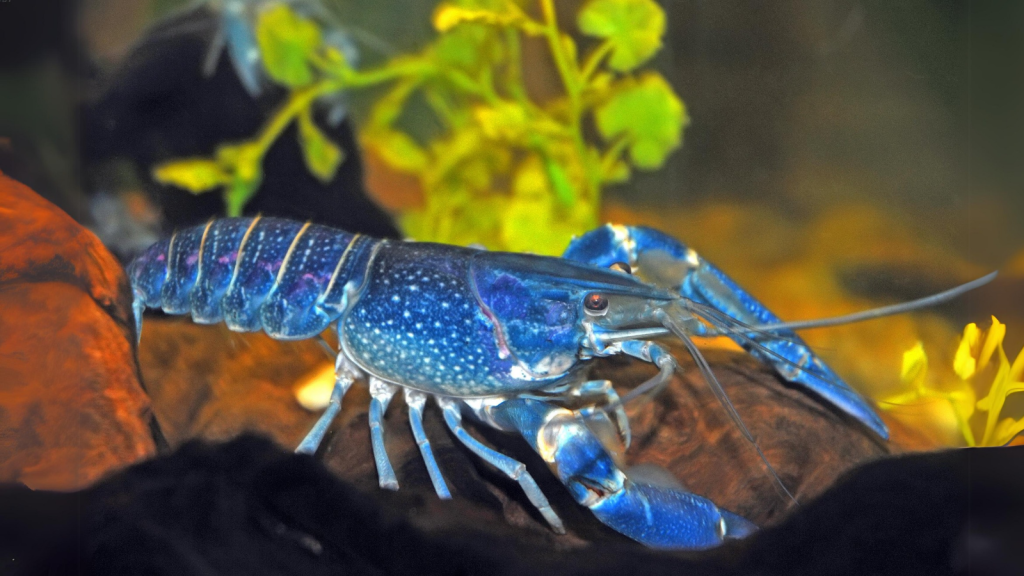
Lobsters are well-equipped to tackle the challenge of eating sea urchins. Their powerful claws can crush urchin shells, while their smaller, more dexterous appendages can manipulate the urchin to access the soft parts inside. Lobsters will often flip urchins over to attack the less spiny underside. In some areas, sea urchins make up a significant portion of a lobster’s diet. The relationship between lobsters and sea urchins is so important that changes in lobster populations can have cascading effects on entire marine ecosystems.
Crabs
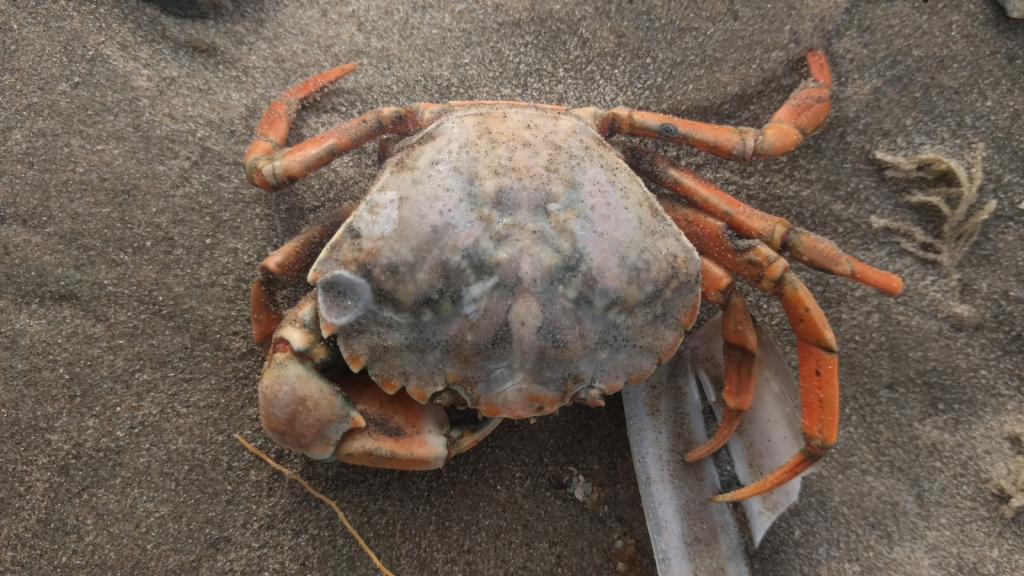
Many species of crabs, including the popular edible crab found in British waters, are known to feed on sea urchins. Crabs use their strong claws to crack open the urchin’s shell and extract the soft tissues inside. Some crab species have even been observed using tools, such as rocks or shells, to help them break into particularly tough urchins. This behaviour showcases the surprising intelligence of these crustaceans. The red rock crab of the Pacific Northwest is particularly adept at preying on sea urchins, playing a crucial role in maintaining kelp forest ecosystems.
Seagulls
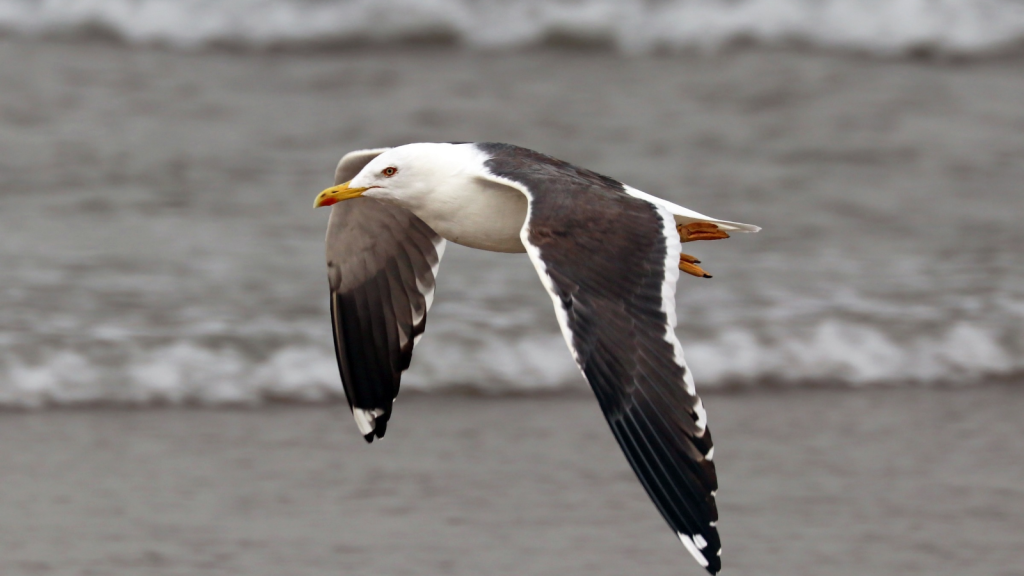
While we often think of seagulls as chip-stealing beach pests, these clever birds have a varied diet that can include sea urchins. Gulls have been observed picking up urchins in their beaks and dropping them onto rocks to crack them open. This behaviour demonstrates the gulls’ problem-solving abilities and adaptability when it comes to finding food. Some gull species are particularly adept at this technique, making them efficient urchin predators. The Western Gull, found along the Pacific coast of North America, is especially skilled at this method of urchin predation.
Emperor Angelfish
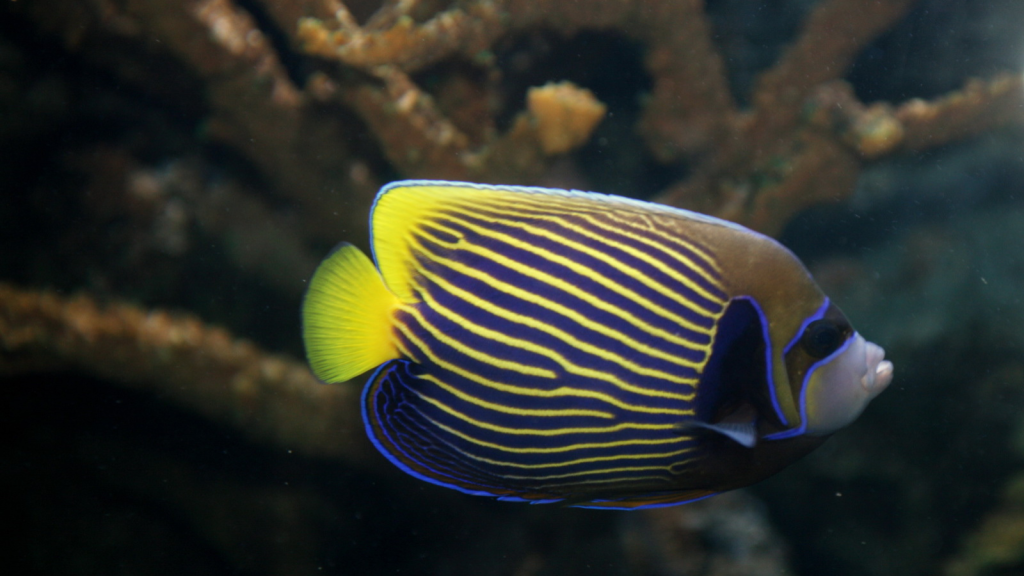
Emperor angelfish are striking reef fish known for their bold blue and yellow stripes. These fish have strong jaws that allow them to crush sea urchins and other hard-bodied prey. Young emperor angelfish look completely different from adults, with a black body adorned with electric blue and white rings. This dramatic change in appearance is thought to allow juvenile fish to clean larger fish without being seen as prey. Emperor angelfish are important predators of sea urchins on coral reefs, helping to prevent urchin overpopulation which can damage reef structures.
Loggerhead Sea Turtles
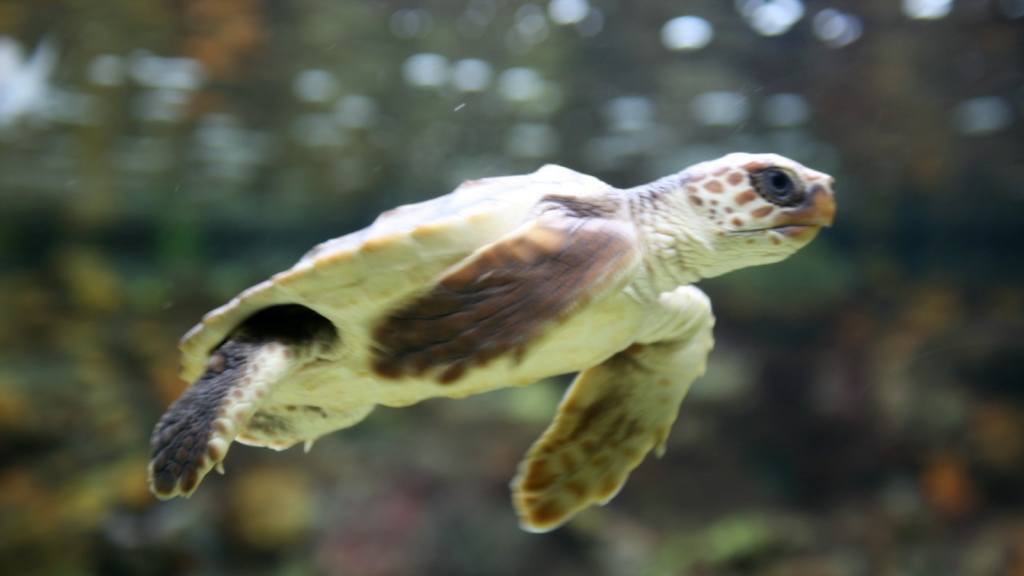
Loggerhead sea turtles have powerful jaws that can crush the shells of sea urchins and other hard-bodied marine creatures. These long-lived reptiles are found in oceans around the world, including waters off the British coast. Loggerheads play an important role in marine ecosystems by controlling populations of prey species like sea urchins. Unfortunately, they face numerous threats, including plastic pollution and accidental capture in fishing gear. Loggerheads’ consumption of sea urchins helps maintain the balance of seagrass meadows, which are crucial habitats for many marine species.
Leather Sea Stars
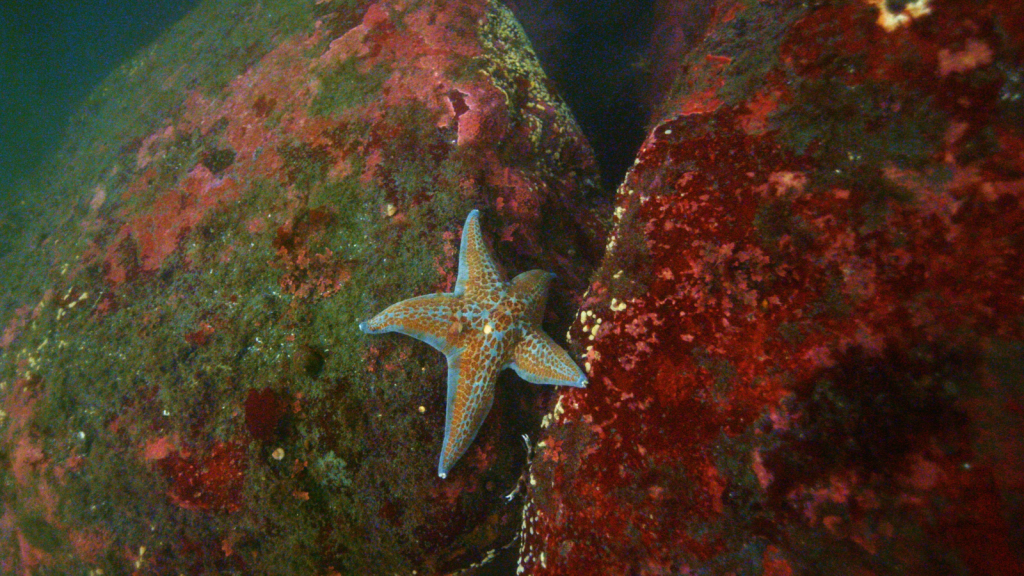
Leather sea stars are large starfish found in the northeast Pacific Ocean. These hardy echinoderms can grow up to half a metre in diameter and have a tough, leathery skin. Leather sea stars are voracious predators of sea urchins, using their strong arms to pry urchins from rocks and their stomach to digest them externally. Their predation on urchins helps maintain the balance of kelp forest ecosystems. Leather sea stars can consume urchins up to half their own size, making them one of the most effective urchin predators in their habitat.
Garibaldi Fish
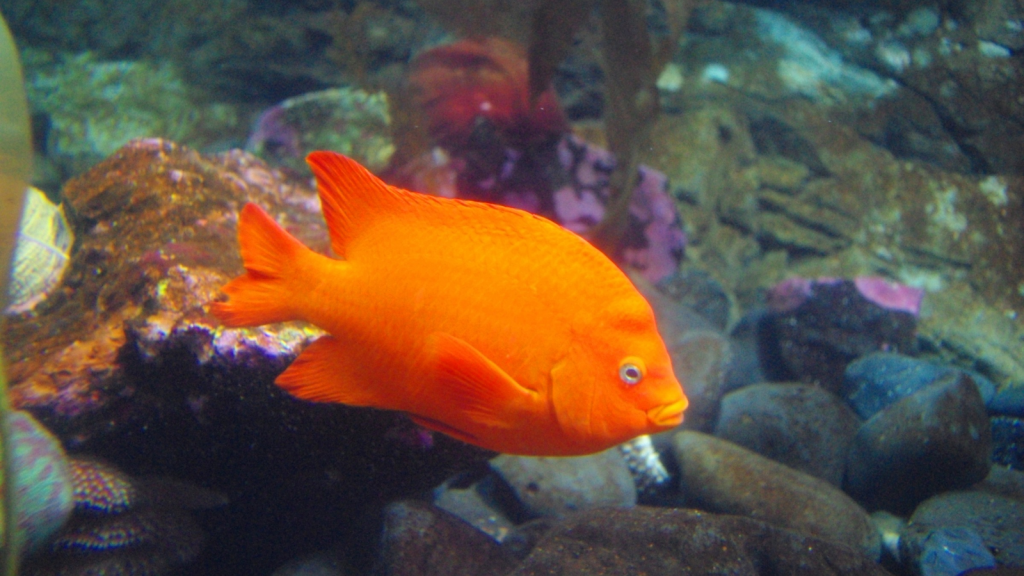
The bright orange Garibaldi fish is the official marine state fish of California. These territorial damselfish have strong jaws that allow them to crush sea urchins and other hard-shelled prey. Garibaldi are known for their aggressive behaviour, fiercely defending their territory against intruders. Young Garibaldi have a different appearance, with bright blue spots that fade as they mature into their distinctive solid orange colour. Their predation on sea urchins helps maintain the health of kelp forests along the California coast, where they are protected from fishing.
Octopuses
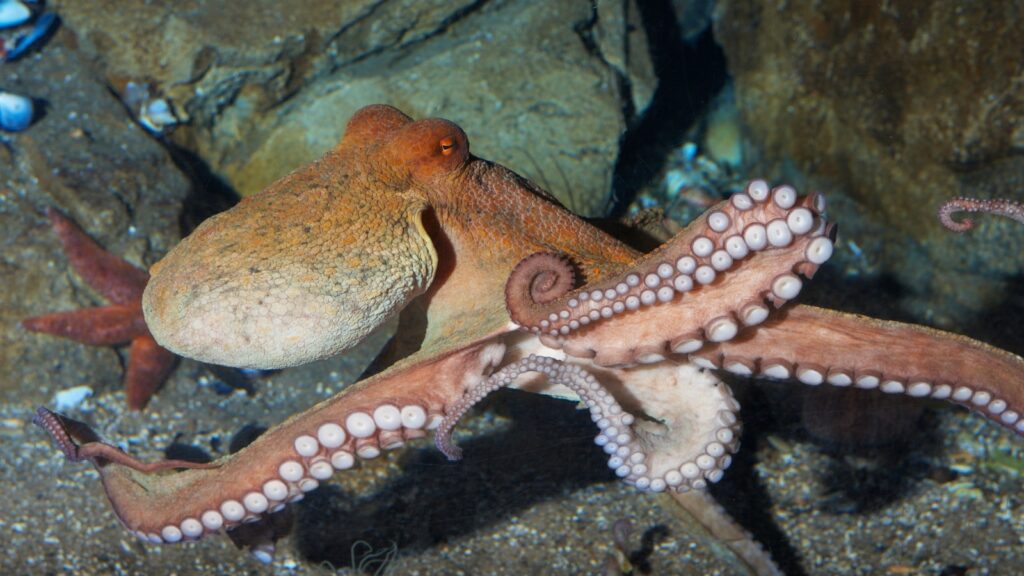
Various octopus species are known to feed on sea urchins. These intelligent cephalopods use their strong beaks to crack open urchin shells and their dexterous arms to manipulate their prey. Some octopus species have even been observed using tools, such as rocks, to help them break into particularly tough urchins. This behaviour is just one example of the remarkable intelligence and problem-solving abilities of octopuses. The Giant Pacific Octopus is particularly adept at preying on sea urchins, using its powerful suckers to pull apart the urchin’s spines and access the soft body inside.
Harlequin Shrimp
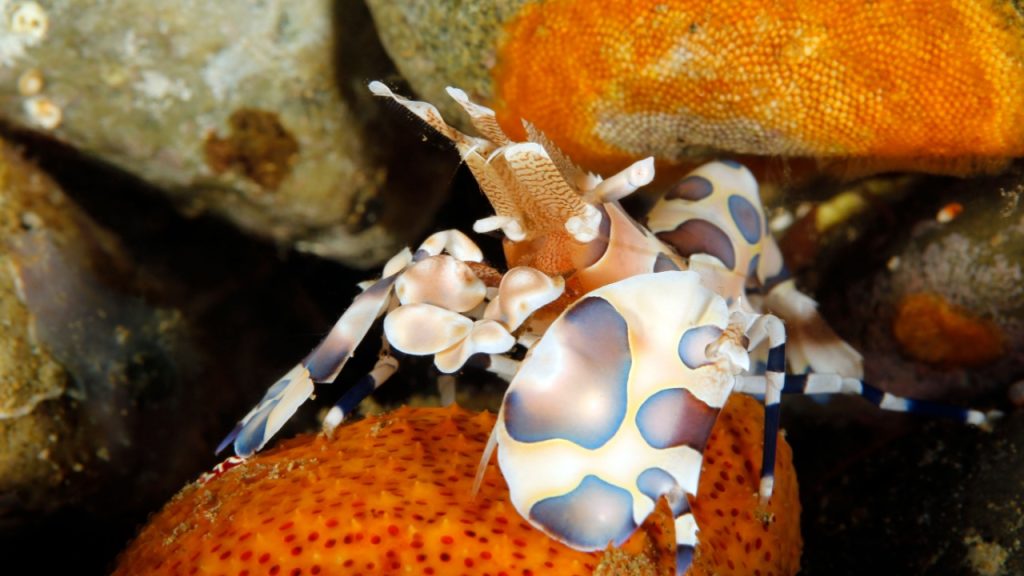
Harlequin shrimp are small but voracious predators of sea stars and sea urchins. These colourful crustaceans work in pairs to flip over their spiny prey, exposing the softer underside. Harlequin shrimp then use their specialised claws to tear into the urchin’s body. These shrimp are so dependent on echinoderms for food that they may starve if their preferred prey is not available. Harlequin shrimp have been observed keeping sea urchins alive for extended periods, feeding on them slowly to ensure a long-lasting food supply.
Humans
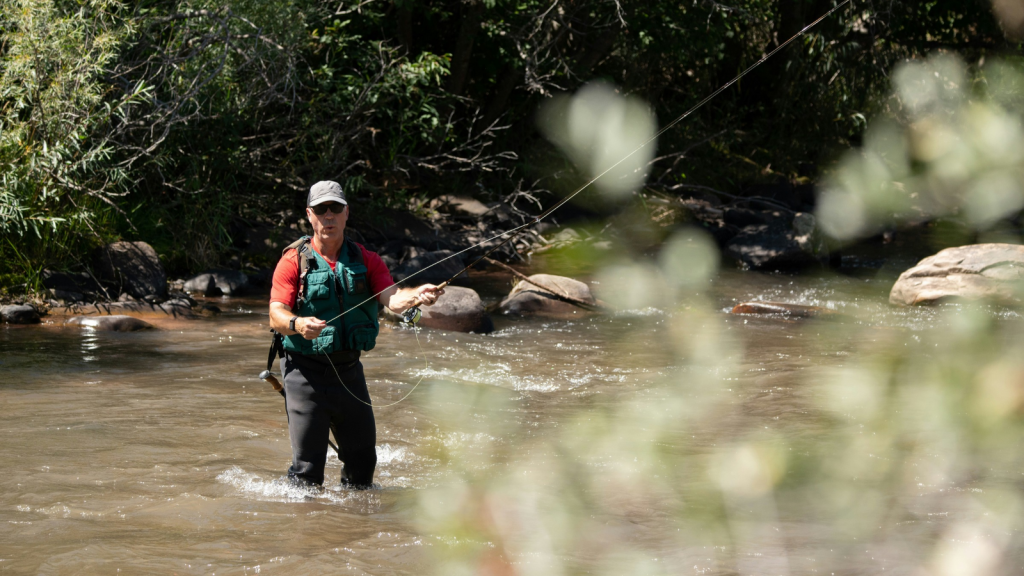
Humans have been eating sea urchins for thousands of years. The edible part of the urchin, known as uni in Japanese cuisine, is actually the animal’s reproductive organs. Sea urchin roe is considered a delicacy in many parts of the world, including Japan, Mediterranean countries, and increasingly in the UK. Sustainable harvesting of sea urchins can help control their populations in areas where their natural predators have been reduced. In some regions, such as the coast of Maine in the United States, sea urchin harvesting has become an important industry, providing jobs and contributing to local economies.

